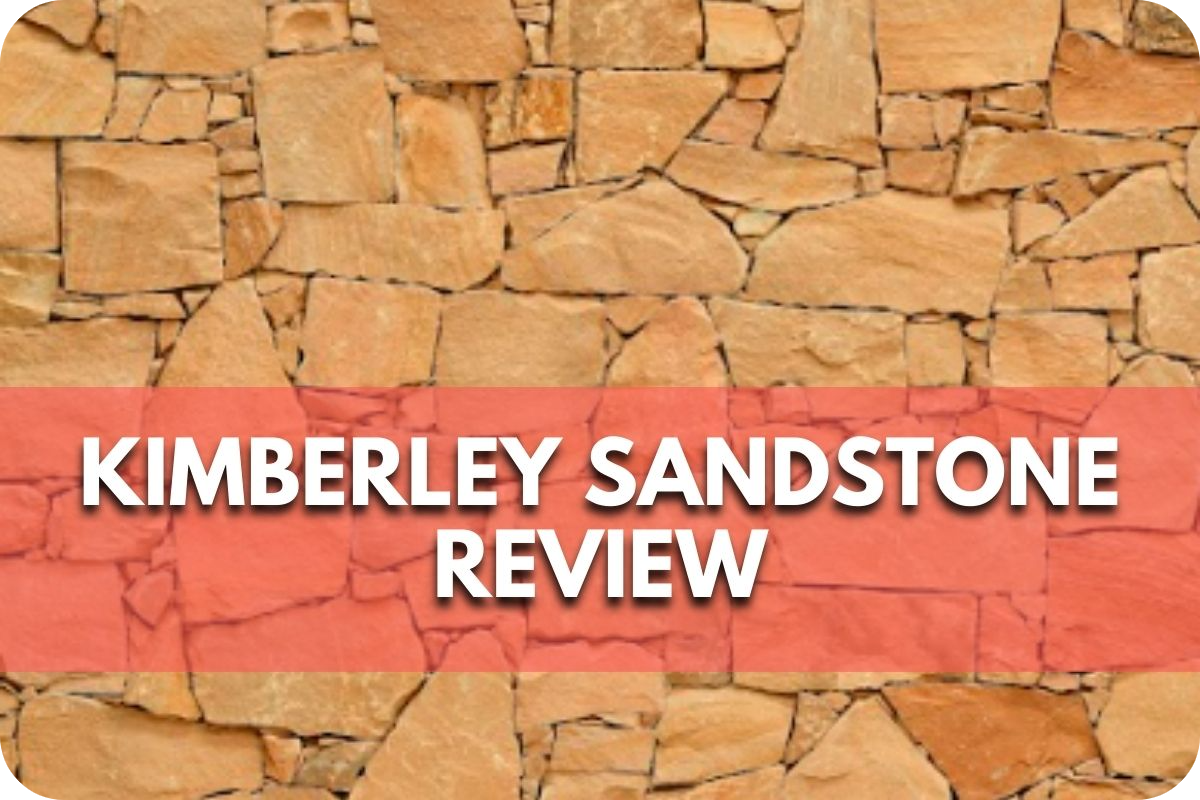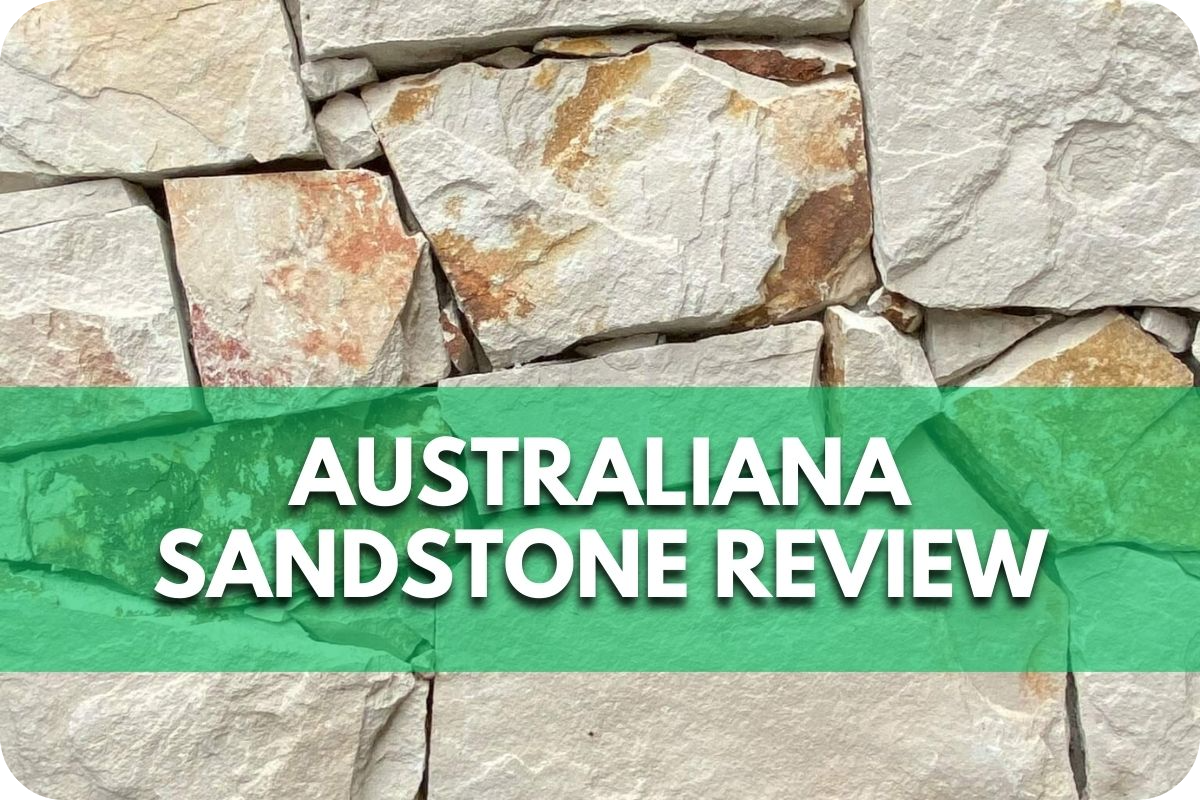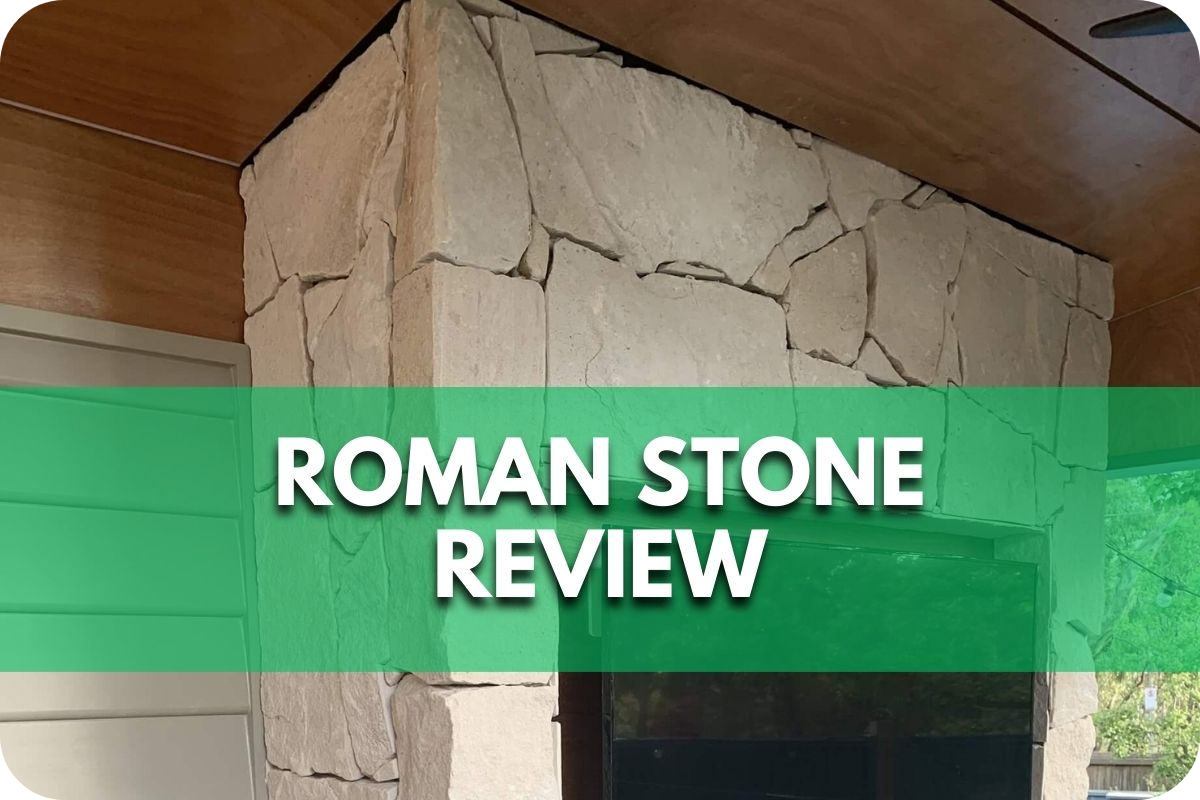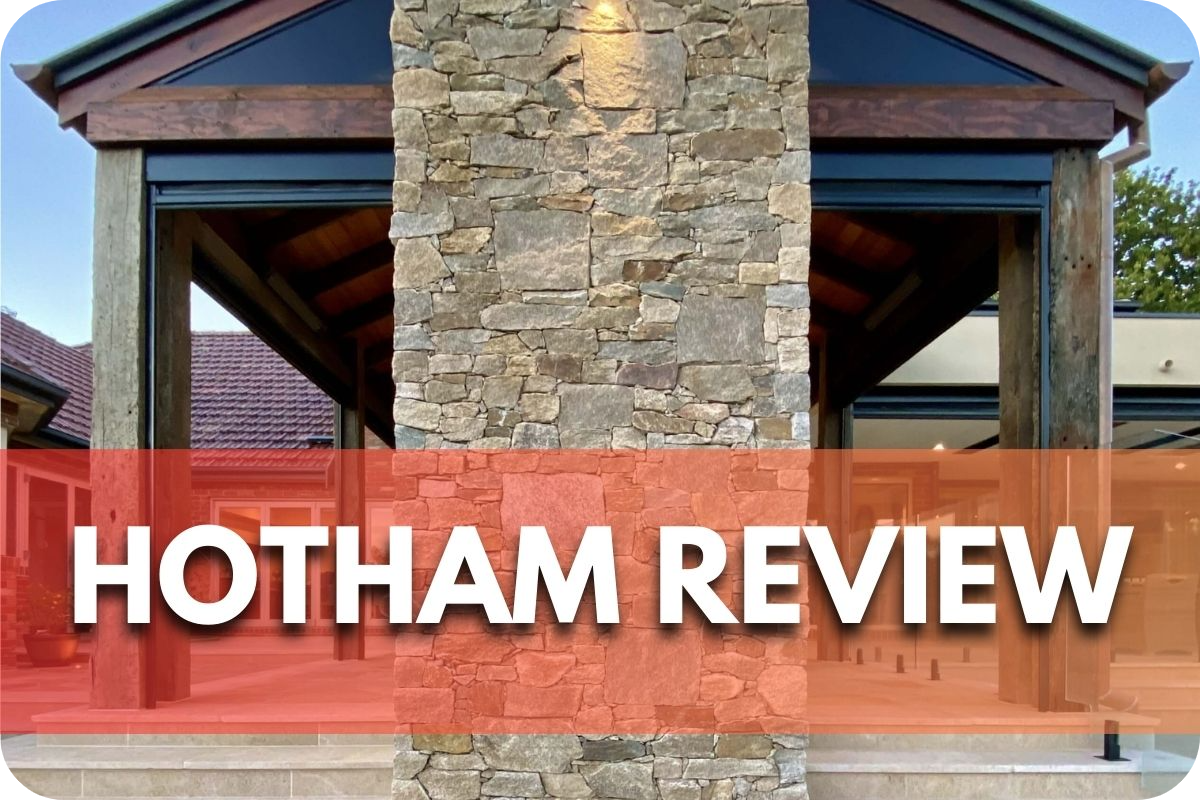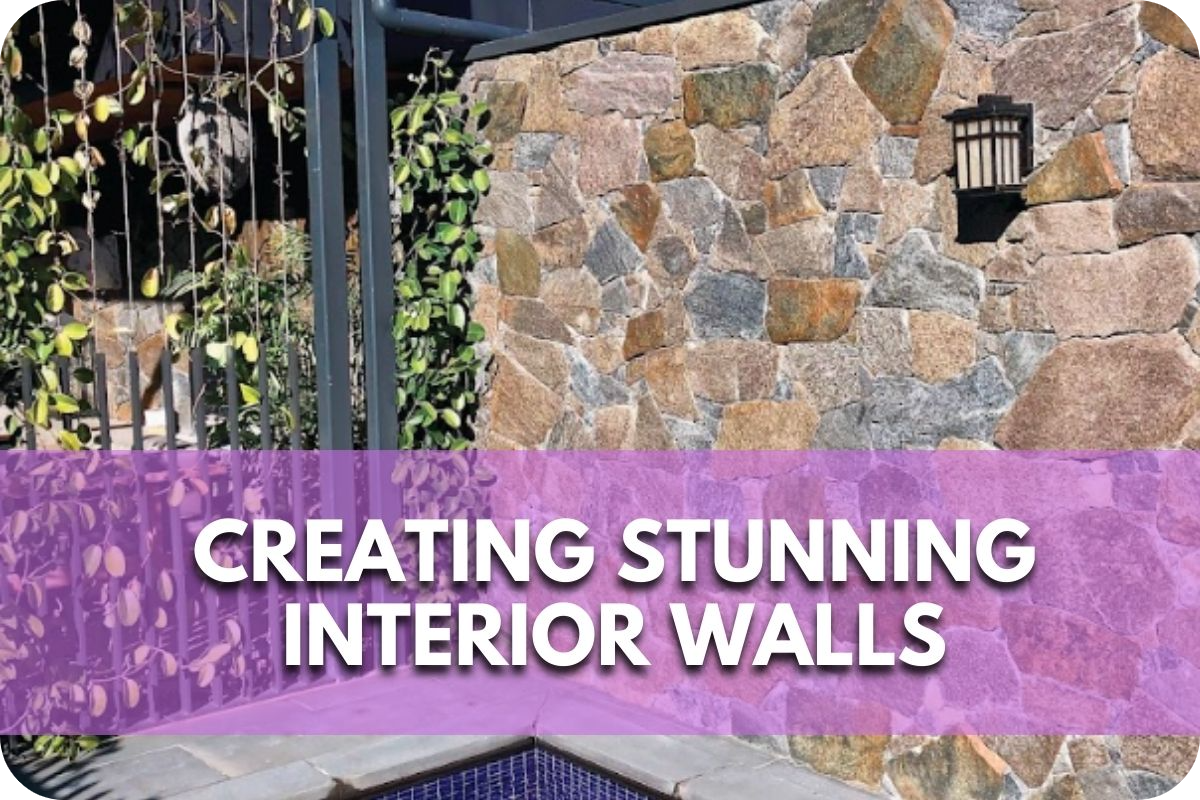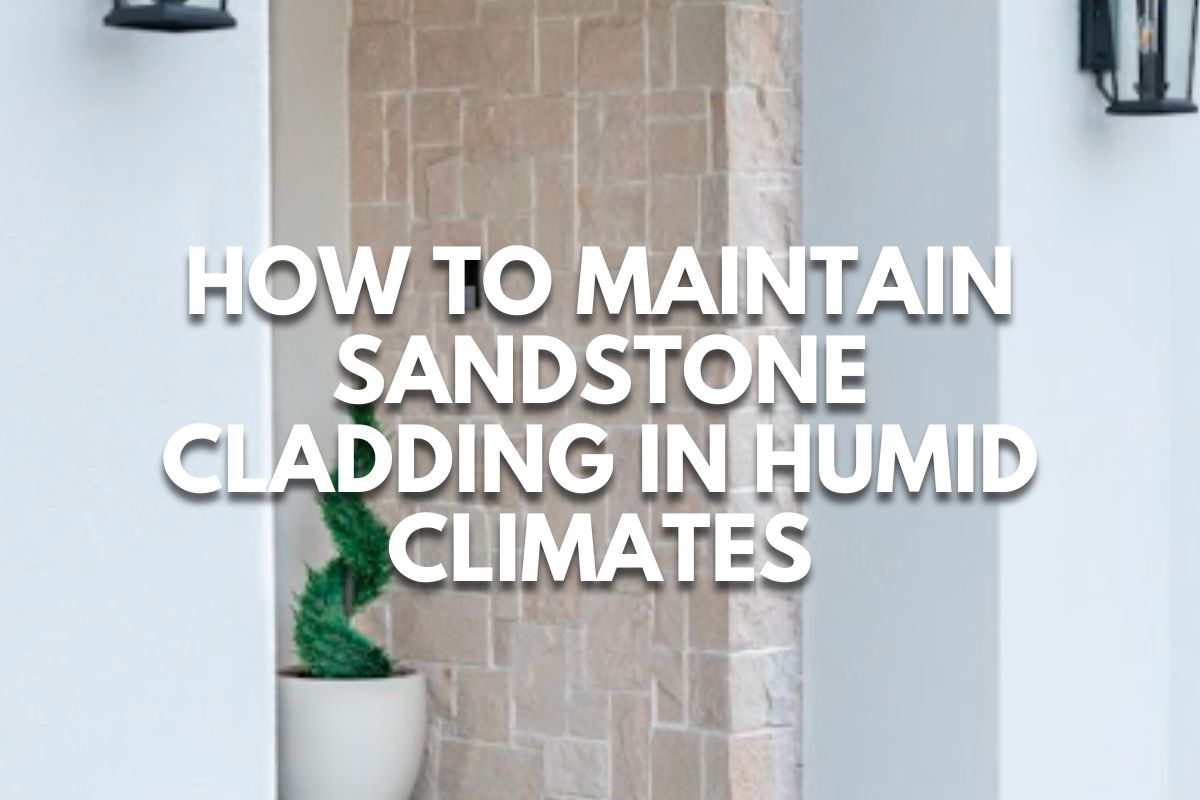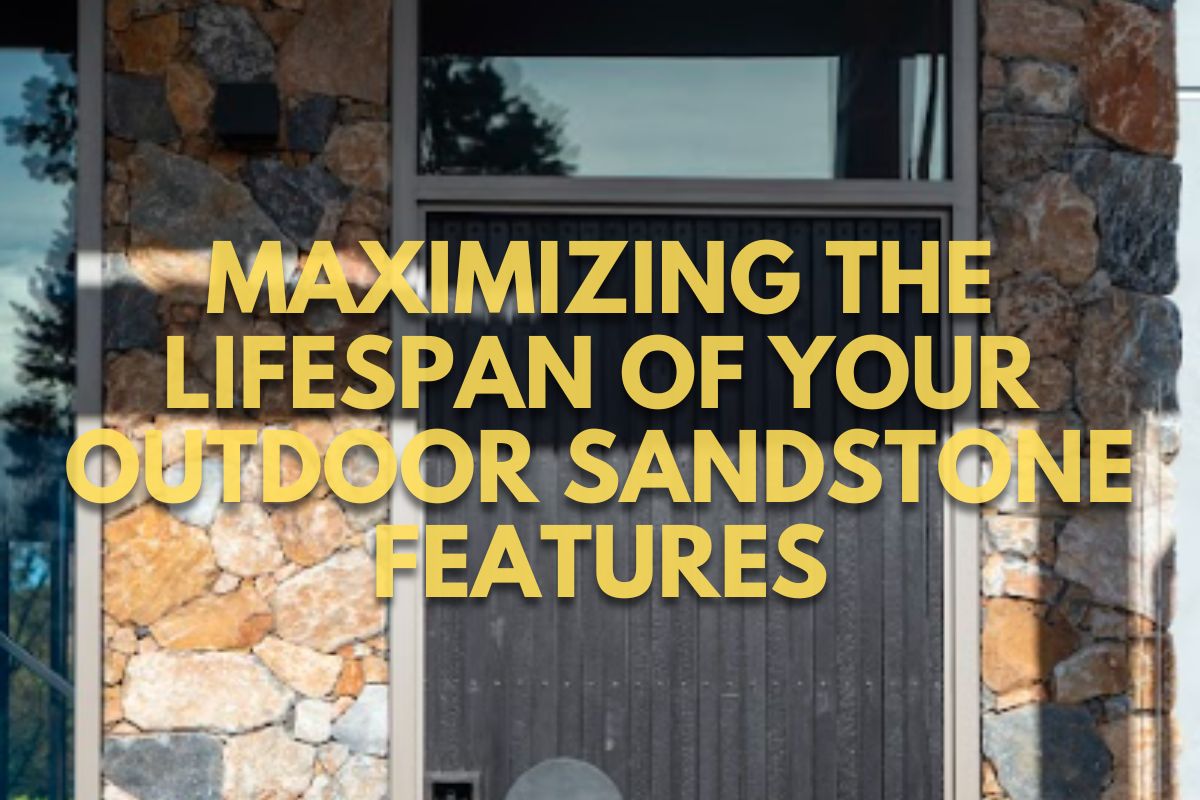Kimberley Sandstone Review: Beauty from the Outback
Choosing the right material for wall cladding can be overwhelming, as there are concerns about durability, maintenance, and aesthetics.
Many options either fail to withstand harsh weather conditions or fade over time, compromising your structure’s look and integrity.
Kimberley Sandstone offers a robust solution with its exceptional durability and distinctive, rugged beauty straight from the Australian outback. This review explores how Kimberley Sandstone meets and exceeds expectations, providing a long-lasting and visually stunning choice for any building project.
Overview of Kimberley Sandstone
Kimberley Sandstone is renowned for its striking visual appeal and robust properties, making it an excellent choice for wall cladding.
This natural stone, sourced directly from the Kimberley region in Australia, is celebrated for its rich, earthy colours, which range from pale creams to deep oranges and browns. It is infused with natural patterns that ensure no two stones are identical.
The stone’s texture is naturally rough, adding a tactile dimension to its aesthetic, and aligning well with rustic and contemporary designs.
Kimberley Sandstone is not only about looks; it is also recognised for its exceptional durability. This stone stands well against harsh weather conditions, including extreme heat and freezing temperatures, making it suitable for exterior and interior applications.
From a practical standpoint, Kimberley Sandstone is highly dense, contributing to its strength and low porosity. This means it is less likely to absorb water, reducing the risk of weathering and erosion over time.
Additionally, it is resistant to salt, making it ideal for use in coastal areas where salt air might degrade other materials.
Overall, Kimberley Sandstone offers a perfect blend of natural beauty and practical resilience, making it a standout choice for wall cladding in diverse architectural projects.
Key Features of Kimberley Sandstone
Kimberley Sandstone is distinguished by several key features that make it an exceptional choice for wall cladding:
- Colour Variety: Kimberley Sandstone is available in various colours, from soft beiges to rich terracottas. This colour variation can create stunning visual effects on walls, making each installation unique.
- Durability: This sandstone is extremely hardy, capable of withstanding severe weather conditions including intense sun, rain, and even frost. Its durability ensures a long lifespan and minimal maintenance, making it a cost-effective choice for residential and commercial properties.
- Thermal Insulation: Kimberley sandstone’s natural density and composition provide excellent thermal insulation properties. Buildings clad with this sandstone maintain more stable internal temperatures, saving energy.
- Texture and Finish: The stone’s natural texture offers an organic, tactile feel. It can be left in its natural state for a rugged appearance or smoothed and sealed for a more refined look.
- Eco-Friendly: Being a natural stone, Kimberley Sandstone is an environmentally friendly option. It requires less processing and chemicals than synthetic cladding materials, reducing its environmental footprint.
- Salt Resistance: It is particularly resistant to salt and saline environments, which makes it ideal for coastal areas where other materials might deteriorate quickly.
Installation and Maintenance
Installation:
- Due to its natural heft and variability, Kimberley sandstone requires careful handling during installation. It’s advisable to use experienced professionals to ensure proper fitting and alignment. The stone should be installed on a solid substrate, typically using a mortar mix for secure placement. Due to its weight, ensuring that the wall’s structural integrity can support the stone is crucial. Additionally, proper drainage systems should be integrated to prevent water accumulation behind the stone, which could lead to damage over time.
Maintenance:
- Kimberley Sandstone is relatively low maintenance, owing to its durability and resistance to weather elements. Regular cleaning involves gentle washing with a soft brush and mild detergent to remove dirt and debris. Avoid using harsh chemicals, which can damage the stone’s natural finish. Periodic sealing is recommended every two to four years to enhance its resistance to moisture and staining, particularly in high-exposure areas. Inspecting the stone periodically for any signs of damage or loose pieces can help maintain its aesthetic appeal and structural function. Immediate repairs or replacements of damaged sections will prevent further issues.
Practical Uses in Home and Garden
Kimberley Sandstone is a versatile material suitable for a wide range of applications in both home and garden settings, thanks to its durability and aesthetic appeal.
Home Applications:
- Kimberley Sandstone is often used for wall cladding in homes, providing a robust and visually appealing facade that enhances the building’s character. It’s also popular in interior design, used in features such as fireplaces, feature walls, and even in high-moisture environments like bathrooms due to its water resistance when adequately sealed. Its thermal insulation properties make it an excellent choice for maintaining energy efficiency in homes.
Garden Applications:
- Kimberley Sandstone is ideal for constructing retaining walls, garden beds, and water features in garden landscapes. Its natural resistance to weathering and erosion makes it suitable for outdoor use where exposure to elements is significant. The stone’s rustic charm also integrates beautifully with garden designs, complementing lush greenery and more arid, minimalist landscapes. Paving pathways with Kimberley Sandstone adds aesthetic value and ensures a durable, long-lasting surface.
Durability and Longevity
Kimberley Sandstone is renowned for its exceptional durability and longevity, making it a preferred choice for wall cladding in various environments.
This natural stone is formed over millions of years under intense geological pressure and has remarkable strength and resilience against weathering and wear. It withstands exposure to harsh elements such as UV radiation, rain, and temperature fluctuations without compromising its integrity.
Due to its dense composition and low porosity, Kimberley Sandstone is highly resistant to moisture absorption, reducing the risk of cracking and degradation over time.
This inherent durability ensures minimal maintenance requirements, saving time and resources in the long run. Kimberley Sandstone has retained its beauty and structural integrity for decades, offering an enduring solution for wall cladding needs when adequately installed and maintained.
Whether used in residential or commercial settings, Kimberley Sandstone stands the test of time, providing a timeless aesthetic and reliable performance that adds value to any property.
Its proven durability makes it a wise investment for those seeking a long-lasting and visually stunning solution for their wall cladding projects.
Styling Tips with Kimberley Sandstone
- Natural Elegance: Embrace Kimberley Sandstone’s natural beauty with earthy tones and organic materials. Incorporate wooden accents, lush greenery, and warm lighting to create a harmonious and inviting space.
- Contrast and Texture: Use Kimberley Sandstone to add depth and texture to modern interiors by juxtaposing it with sleek finishes like glass and metal. The stone’s rugged texture contrasts against smooth surfaces, adding visual interest to the space.
- Feature Walls: Make a statement with Kimberley Sandstone by creating a feature wall in key areas such as living rooms, entryways, or outdoor entertainment areas. Opt for larger, irregularly shaped stones for a bold, dramatic effect, or choose smaller, uniform pieces for a more subtle look.
- Lighting Effects: Highlight Kimberley Sandstone’s natural texture and colour variations with strategic lighting. Install spotlights or wall washers to illuminate the stone from different angles, creating captivating shadows and highlights that enhance its visual appeal.
- Blend with Surroundings: Integrate Kimberley Sandstone seamlessly into its surroundings by selecting colours and finishes that complement existing architectural features and landscape elements. This ensures a cohesive and balanced design aesthetic that enhances the space’s ambience.
Pros and Cons of Kimberley Sandstone
| Pros | Cons |
| – Kimberley Sandstone is highly durable, capable of withstanding harsh weather conditions and maintaining its integrity over time. | – Due to its natural density, Kimberley Sandstone can be heavy, requiring careful handling and potentially additional structural support during installation. |
| – Its distinctive colours, textures, and patterns provide a unique and visually appealing aesthetic that adds character to any space. | |
| – Suitable for interior and exterior applications, Kimberley Sandstone offers versatility in design and functionality. | |
| – Once installed, Kimberley Sandstone requires minimal maintenance, saving time and resources in the long run. |
Conclusion
In conclusion, Kimberley Sandstone is a testament to nature’s enduring beauty and resilience, offering a unique blend of aesthetic appeal and practicality for wall-cladding projects.
Experience the timeless charm of the Australian outback in your own space with Kimberley Sandstone.
Contact us today to explore options and elevate your architectural design.

